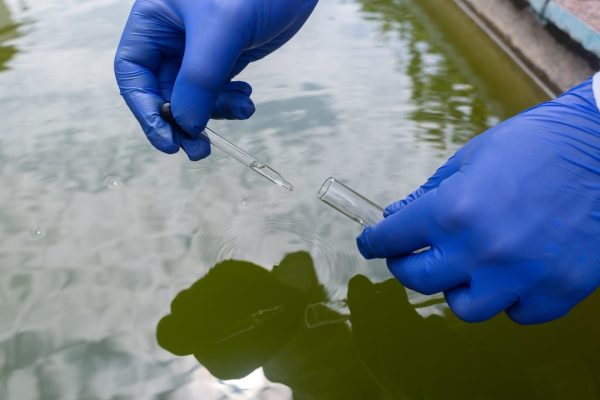COVID-19 Cases in Canada: Wastewater Surveillance Reveals Significant Undercount
A study published in Emerging Infectious Diseases has revealed a significant underestimation of COVID-19 cases in Canada. The research focused on the correlation between the levels of SARS-CoV-2, the virus causing COVID-19, in untreated wastewater. And the reported COVID-19 cases and hospitalizations in Ontario, Canada. This study underscores the value of wastewater surveillance in enhancing local decision-making and COVID-19 surveillance systems.
Wastewater surveillance for SARS-CoV-2 can provide an indication of disease prevalence in the community. This method becomes particularly relevant when the eligibility for PCR testing changes or when healthcare facilities are overwhelmed with testing capacity.
In Ontario, due to a surge in COVID-19 cases following the emergence of the Omicron variant, clinical SARS-CoV-2 testing restricted to at-risk groups. As a result, wastewater surveillance has become an essential tool to monitor COVID-19 levels in the community.
Wastewater Surveillance The Study and Its Findings

The wastewater surveillance study involved sampling untreated wastewater from two treatment plants in Peel, Ontario. Three to five days a week. The viral RNA extracted and purified for reverse-transcription PCR (RT-PCR) testing.
The researchers found that the correlations between wastewater SARS-CoV-2 loads and reported cases were strongest on the sampling date. However, during the Omicron wave, the daily median viral load in wastewater much higher than in preceding waves. Suggesting a significant underestimation of COVID-19 cases.
The study findings suggest a 6.5- and 18.7-fold underestimation of COVID-19 cases at the peak of the fifth and sixth COVID-19 waves. This discrepancy is likely due to changes in clinical PCR testing policy. And eligibility introduced by the provincial government of Ontario.
As the number of PCR tests declined, the percent positivity and wastewater viral load-to-case ratio increased in Peel. These findings highlight the importance of wastewater data in COVID-19 surveillance and local decision-making.
The study underscores the value of wastewater surveillance in tracking the spread of COVID-19. Especially when testing capacity is limited or eligibility changes. As the pandemic continues to evolve, tools like wastewater surveillance will be crucial in providing accurate data to inform public health decisions.
The case of Ontario, Canada, serves as a reminder that the actual number of COVID-19 cases may be significantly higher than reported, highlighting the need for continued vigilance and robust surveillance systems.





